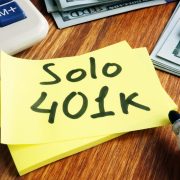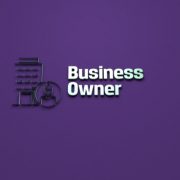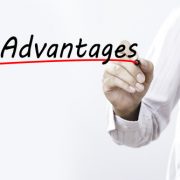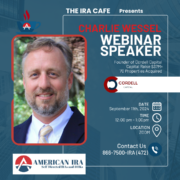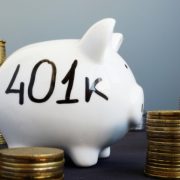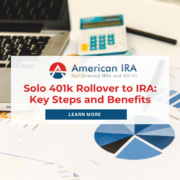What Do You Need to Open a Self-Directed Solo 401(k)?
If you were to ask people about their retirement benefits and use the word “401(k),” you might get the same response. That’s because so many of us associate our 401(k) plans with our retirement strategies; the words have become so ubiquitous that we might not even have a 401(k) plan and call a retirement strategy our “401(k).” However, anyone who’s done a little bit of research into it knows that the 401(k) plan is more specific than that. There’s also a Self-Directed Solo 401(k) for investors who want to move outside of the traditional employer-employee arrangement to save for retirement. The only question is: who can open one of these accounts?
To answer that question, we decided to take a look at the requirements of the Self-Directed Solo 401(k), particularly when it comes to opening one up.
What You Need to Open a Self-Directed Solo 401(k) Plan
This IRS-approved, qualified 401(k) plan is designed for three general types of arrangements:
- Sole proprietorship. This can be someone who is an individual who receives contract work, for example, and does not have to be as formal an arrangement. This will require self-employment income, as do all of the items on this list.
- A limited liability company, or LLC. For some tax purposes, a single member LLC is regarded as like a sole proprietorship. This means that investors who use this structure have some additional considerations, but it is still essentially a one-person business when using a single-member LLC.
- A corporation. An investor who uses a corporation may be able to use a Self-Directed Solo 401(k) plan, but this corporate structure does have some caveats that will make it worth talking over things with a tax professional.
In other words, to use a solo 401(k) plan, which gives an investor a lot of freedom for this arrangement, the investor will have to have some sort of formal structure for getting started. If you’re an employee, you may already enjoy a 401(k) plan as provided by an employer.
Why Use a Self-Directed Solo 401(k)?
With all of this information about how to open one up, you may be thinking about the next step: why use one in the first place? There are some nice benefits that investors will want to take a look at.
For starters, a Self-Directed Solo 401(k) plan has high contribution limits, which increase with catch-up contributions possible for those investors who are later in age over the age of fifty. This means that investors can set aside a more sizeable portion of their income toward retirement, which provides immediate tax benefits in the form of tax-deductible contributions. This has the potential of lowering the taxes owed; however, investors should seek out professional tax advice to better understand this situation.
Additionally, investors often gravitate toward the Self-Directed Solo 401(k) because there is the possibility of borrowing from the account, which gives it more flexibility than many people might anticipate. This can help people who might be cash strapped, or maybe even give peace of mind to people who worry that their retirement account is not going to be flexible enough to be worth the upfront investment.
The Self-Directed Solo 401(k) has a lot of benefits and potential advantages, but it’s important for investors to understand what those are. To learn more about how this works, investors should continue to read about Self-Directed Solo 401(k) plans at our website here at American IRA.
Interested in learning more about Self-Directed IRAs? Contact American IRA, LLC at 866-7500-IRA (472) for a free consultation. Download our free guides or visit us online at www.AmericanIRA.com.


